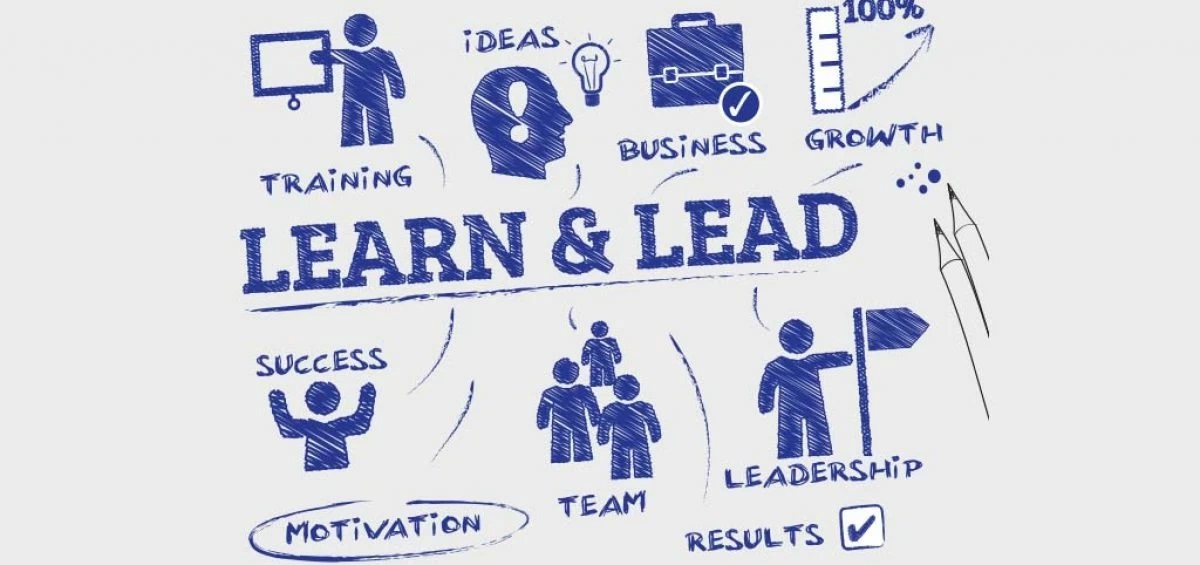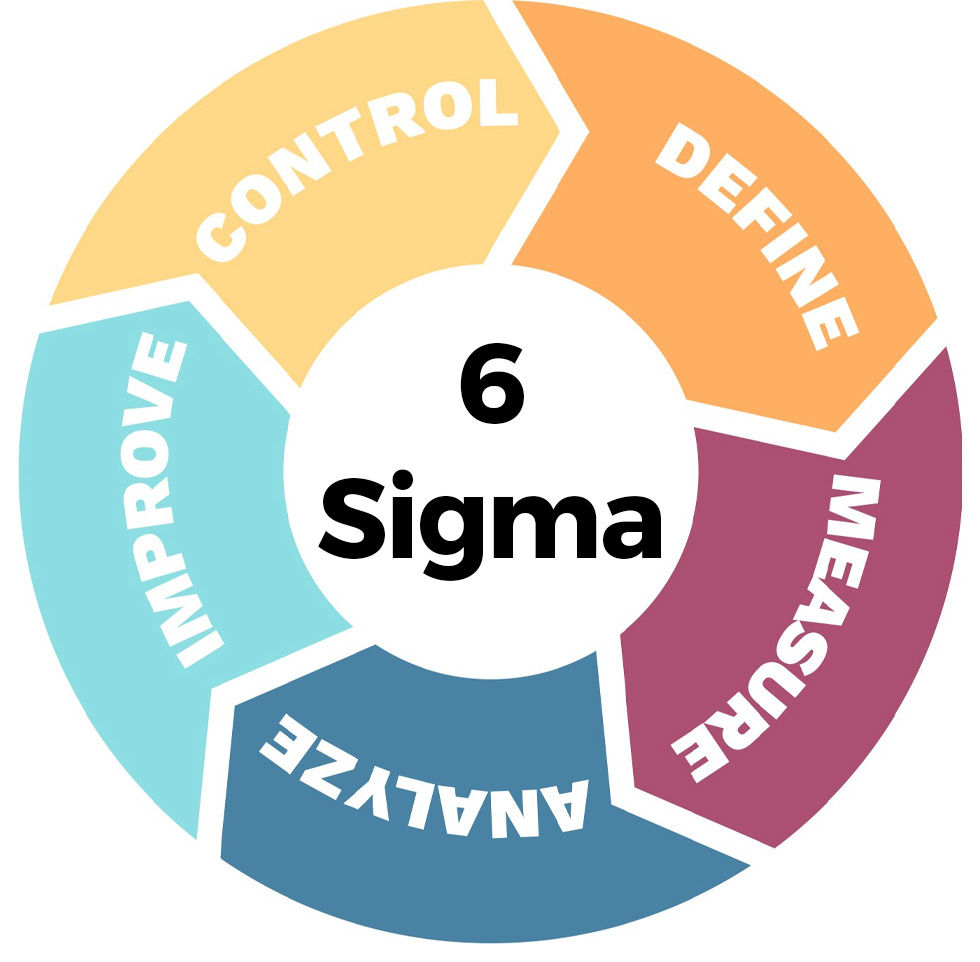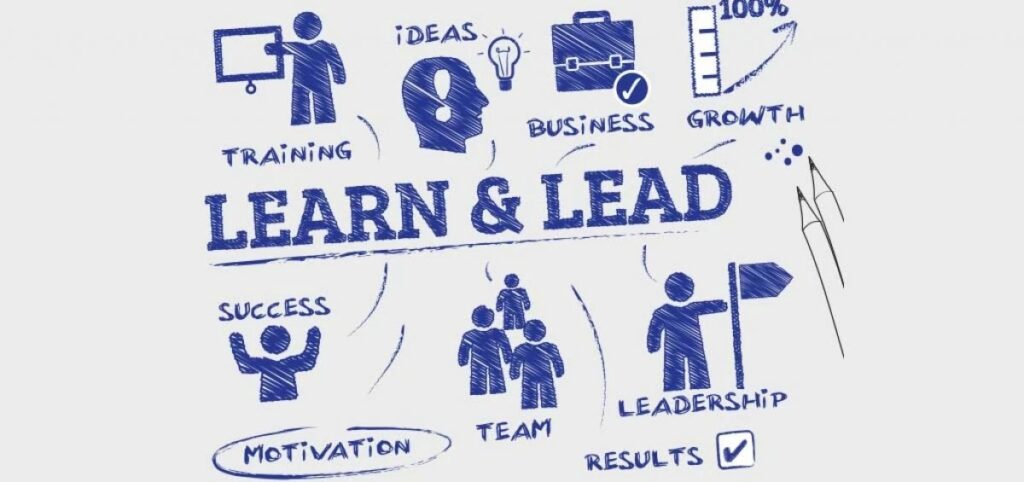Chicago Residents - Learn Lean Six Sigma’s History Here
Contact Us

There is a lot involving Lean Six Sigma to the point of feeling overwhelmed whenever you have to go over what it is and how it all came to a single methodology. However, it is worth it to understand how it helps process improvement and achieve the desired goals. This is why many people want to learn more about it and how to implement it. At Lean Six Sigma Curriculum for Chicago High School Students of Illinois, our goal is to help every person interested to learn more about the methodology, and for it, we start with its history.
Let’s begin by saying that Lean Six Sigma is a combination of Japanese management principles and methods that can be traced back to the United States. However, don’t be mistaken; the methodology is not Japanese, but it can be difficult to discuss because it was developed from the Kaizen method, which originated in Japan or was more influenced by it.
Kaizen is a Japanese concept that encourages collaboration and commitment to continuous improvement. However, it is not directly related to the Lean Six Sigma methodology. Instead, LSS adopts some basic principles around growth and improvement.
Kaizen is unique because it emphasizes small, positive improvements and eliminates redundant steps, decreasing production time and making processes more efficient. Many Japanese companies used this Japanese approach to increase the market share of their products, ideas, and services.
How is LSS involved in all this?
LSS can be traced back to America, where it was established to compete with Japanese industries.
Its principles focus on reducing waste by taking non-value-adding actions, identifying problems, solving them, and making sure that all people involved in the cycle are efficient and productive.
One thing to notice about LSS so you can understand its extension is the fact that it is partially a combination of Lean and 6 Sigma.
How Everything Began with the Methodology
You must understand that Lean Six Sigma combines two of the previously mentioned methodologies and, to be more specific, the last ones we mentioned.
Knowing the differences between Six Sigma & Lean is crucial in understanding LSS and its goals and how companies can improve with it.
For its structure and principles, Lean is considered a ” thinking method.”
We will be moving to Toyota and refer to the Toyota Production System (TPS) system. John Krafcik was once a student of the founder of Toyota and was looking for a name to describe the TPS system.
On a whiteboard, he wrote down the differences between Toyota’s system and traditional mass production. He concluded that Toyota’s system needs less of everything to create value.
The whiteboard was quickly redrawn, and the conclusion led to Lean Thinking, which is focused on reducing waste and non-value-added activities as well as other areas.
Lean is built upon its own principles and foundations. Understanding your customer is crucial to understanding the process waste stream and value, and continuous pursuit is key to value flow.

Six Sigma, on the other hand, is an American-based method that dates back to the 1980s. Motorola was the original inventor and user of Six Sigma.
Motorola had a hard time competing with foreign companies during its initial days, so its CEO Bob Galvin set a goal to double its revenue in five years.
The plan was centered on global compatibility and participative management. Quality improvement was also a key focus. Motorola adopted six Sigma quickly as the standard for all business processes to reach these goals as they implemented the methodology and even created most of the principles set it.
Six Sigma and Lean together recognize that change is the only path to success. Six Sigma, which complements Lean’s need to solve problems, but first needs to identify them, is a great addition that would come in handy when facing process improvement issues.
LSS was born when the principles of each were combined, but more details of LSS help fill in the gaps that people might have if they tried to implement both individually.
How Can We Define LSS?
LSS has been used in many ways throughout history, and how much is involved with it can be overwhelming. So, to keep it simple, it is a method that improves productivity and efficiency and reduces waste.
It is important to understand the principles and solutions of Kaizen, Six Sigma, and Lean are included in it or influenced by Sigma to some point.
Lean allows companies and employees to better understand their customers and prioritize their needs. They can then focus on the company’s values stream, processes, and flow to achieve perfection.
Six Sigma is committed to excellence and a system that promotes efficiency.
Kaizen, a five-part system, emphasizes teamwork and personal discipline. You will also find suggestions for improvement.
Thanks to them, Lean Six Sigma can be used to help companies and businesses as well as students and professionals who want to gain not only career benefits but also learn new skills that will benefit them in their own projects.
Lean Six Sigma Training & Certification
Our Lean Six Sigma Curriculum Pros of Chicago team can be reached, so we are able to help you in learning the methodology and become a practitioner or expert in it.
We are familiar with the history and workings behind Lean Six Sigma and can help students, business professionals, and entire companies learn how to incorporate LSS in their daily lives.
Accessing our training and certification only takes a call or email, so feel free to reach out as you see fit!

